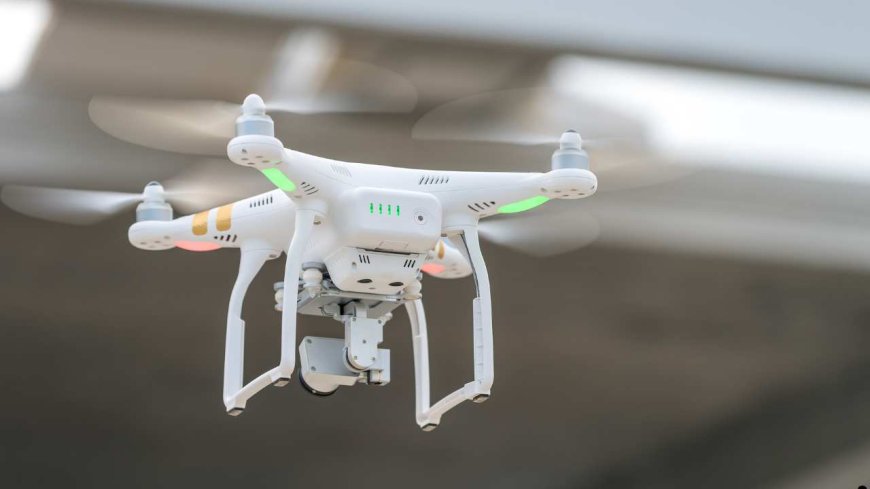India’s Billion-Dollar Drone Economy May Fly, Not Walk
Until recently, drones were seen as either toys or instruments of war. Today, powered by artificial intelligence, they are becoming intelligent systems capable of navigation, object recognition, and real-time decision-making.

For India, this convergence of flight and cognition is more than technological progress—it represents a strategic lever for national defence, agriculture, and digital infrastructure.
The use cases are already clear. AI-enabled drones patrol borders, distinguish humans from animals with thermal imaging, and provide live intelligence in ways that outmatch human observers.
In cities, they are being trialled for predictive policing and crowd management, while in disaster zones they act as first responders—mapping floods, forest fires, and delivering emergency supplies. Startups such as Garuda Aerospace and ideaForge have shown how drones can transition from experimental tools to critical infrastructure.
The economic implications are equally significant. Multispectral drones monitor crops and automate irrigation, boosting farm productivity at scale. Infrastructure players—including Indian Railways and power utilities—use drones for inspections, lowering costs and risks while improving accuracy. For India’s booming e-commerce sector, drones may soon power last-mile delivery, guided by self-learning algorithms that select optimal flight paths.
Globally, the US, China, and Israel dominate drone innovation, but India’s mix of software talent, cost advantages, and policy liberalisation gives it a latecomer’s edge.
The global drone market is forecast to reach $279 billion by 2030, with India’s share expected to hit $1.8 billion by 2026. Challenges remain—supply chain dependencies, limited testing corridors, and data security gaps—but with regulatory clarity and investment, India’s drone industry could become not just an emerging market, but a global contender.

